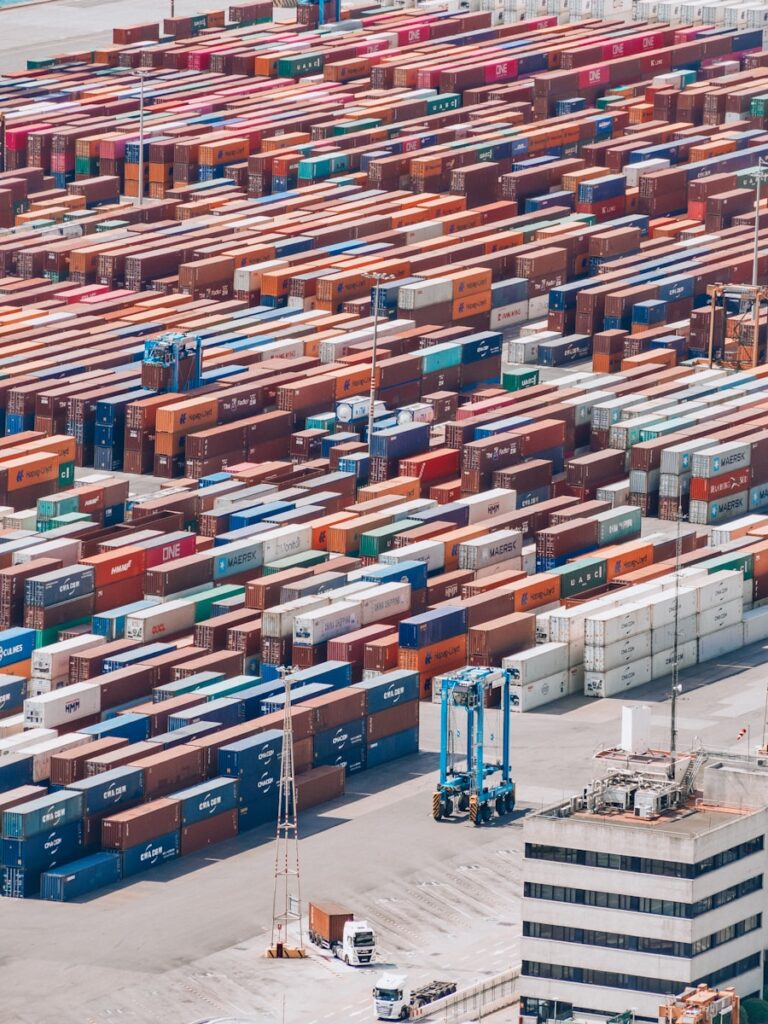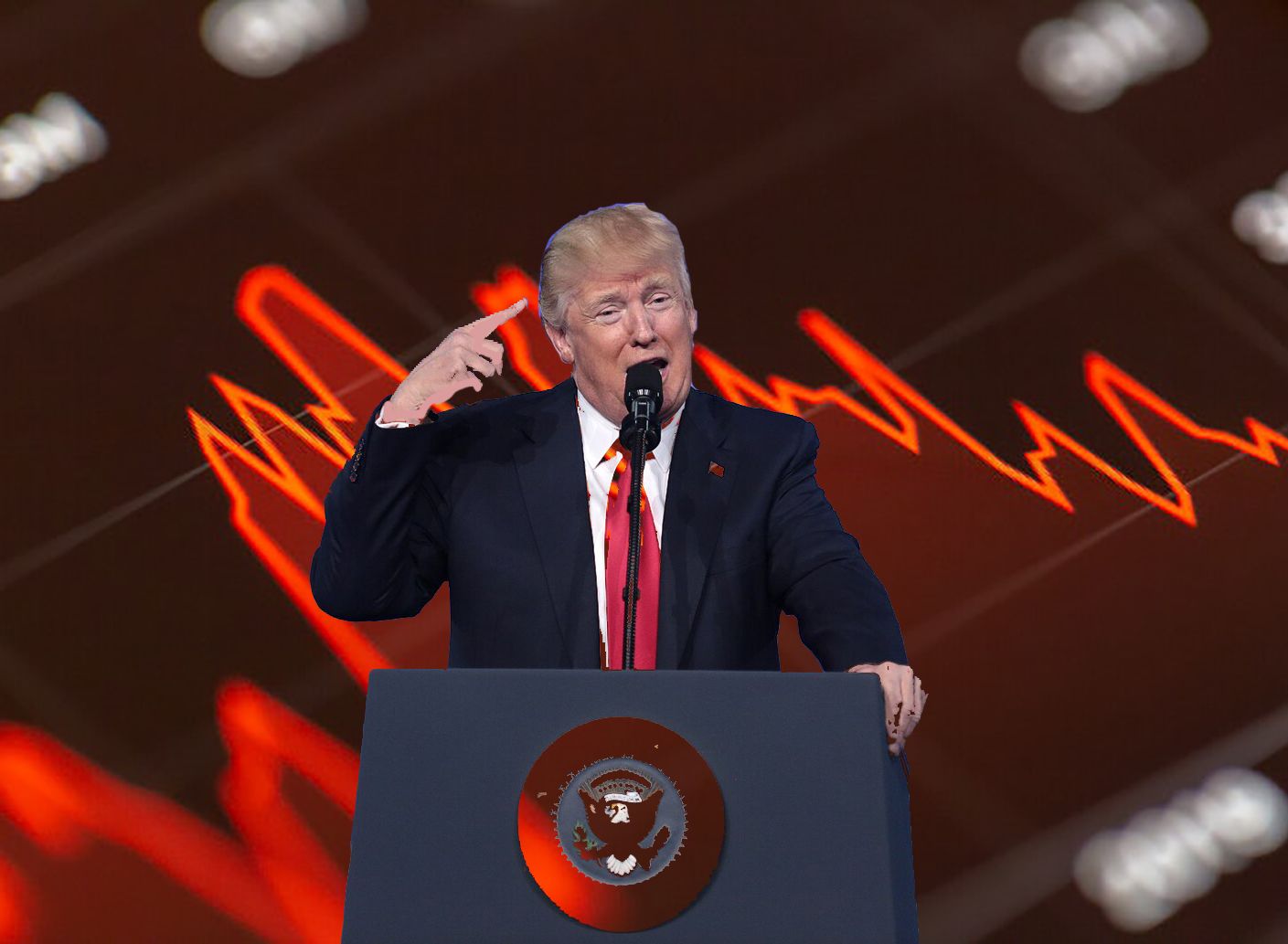
As President Trump’s latest tariffs on foreign goods officially kicked in on Thursday after months of anticipation and delays, a significant shift is underway in the American economic landscape. These sweeping measures establish the highest import levy since the 1930s, reshaping trade relationships and prompting a pressing question for millions of Americans: how will these tariffs ultimately impact store prices and their daily budgets?
Initially, despite warnings from manufacturers and retailers that these tariffs would cost regular shoppers dearly, the full blow has yet to land. This unexpected delay in immediate price hikes can be largely attributed to proactive measures taken by companies, which began stockpiling goods as early as last winter.
Anticipating the imposition of new import taxes, retailers and wholesalers rushed to secure inventory. Best Buy, for instance, expedited shipments of electronics from Asia, while American Fireworks Company in Hudson, Ohio, diligently stocked up on fireworks, nearly all of which originate from China, well ahead of the Fourth of July.

Barton O’Brien, who sells pet gear from Kent Island, Maryland, even resorted to borrowing money to acquire and store as many harnesses, collars, and other supplies from China as possible. He recounted to NPR in May that his warehouse was “bursting” to the point where they had to rent a container and place it out back, adding, “We had dog life jackets in the bathroom.”
This aggressive stockpiling led to a phenomenon where wintertime ports mirrored peak season activity, akin to another Black Friday and Christmas on the horizon, rather than the typical post-holiday lull. Zac Rogers, a supply chain management expert at Colorado State University, tracking shipping and warehousing data, confirmed this trend.
Rogers noted that a substantial portion of the goods consumers have purchased thus far came in “pre-tariffs,” explaining, “All that stuff came in pre-tariffs, which is one of the reasons why we haven’t had the really high costs yet.” This strategy effectively insulated consumers from the immediate impact of the new import taxes.
While President Trump has argued that foreign nations would bear the cost of his tariffs, in practice, it is American importers who suddenly confront new charges at customs. These distributors, wholesalers, and retailers have demonstrated a noticeable reluctance to pass on the full expense to inflation-weary shoppers.

Bobby Djavaheri, whose Los Angeles-based company Yedi Houseware imports air fryers and waffle irons from China, indicated in July that his firm raised prices by only about 10% and absorbed the remainder. He candidly stated, “It’s simply impossible to pass on all of it because folks aren’t going to buy the product.”
Similarly, alcoholic-beverage giant Diageo, responsible for brands like Guinness, Johnnie Walker, and Don Julio, announced that its tariff costs could reach $200 million annually but committed to absorbing approximately half before considering price increases. Automotive giants have also felt the pinch.
General Motors reported in July that tariffs had already cost the carmaker around $1.1 billion in the previous quarter, a significant expense it largely absorbed as a hit to profits. Stellantis, the maker of Chrysler, Jeep, Dodge, and Ram, disclosed paying over $300 million in tariffs and consequently built fewer vehicles overall to mitigate further costs.
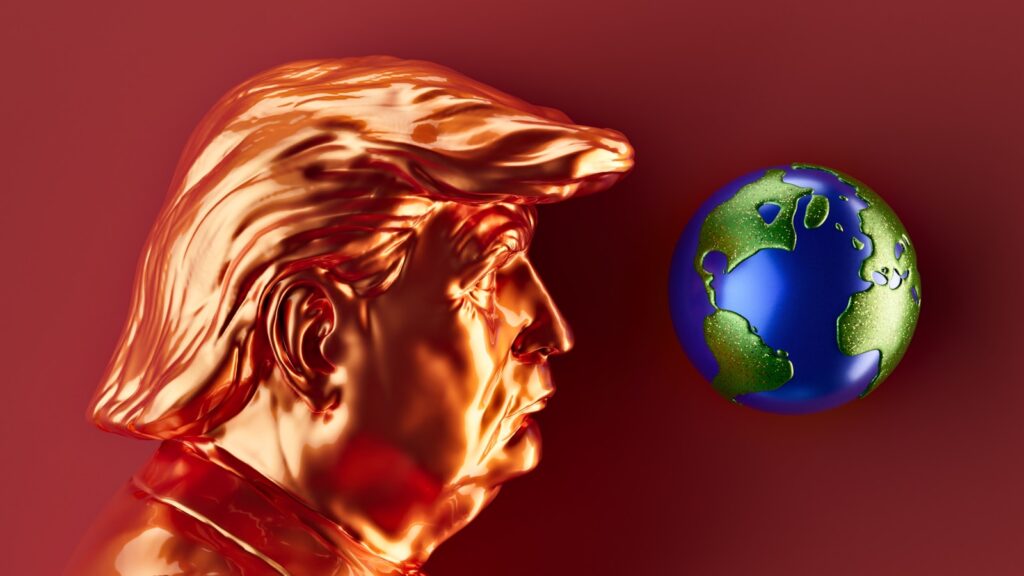
Industry data supports this, showing that car prices this summer increased less than usual, reflecting the companies’ efforts to shield consumers. However, this absorption strategy has its limits, and the deferred costs are beginning to surface.
U.S. firms were taken aback when the Trump administration not only imposed steep tariffs on China, for which some preparation had occurred, but also on nearly all major trading partners. This led many importers to cancel shipments or hold them abroad until the specifics of the tariff plan became clearer.
Such tariff delays signify price delays, not permanent price breaks. Patrick Allen, a French-wine importer from Columbus, Ohio, told NPR in June that his customers were “sitting on their hands” instead of placing their usual orders for the fall and winter holidays. Likewise, pet-supplies retailer O’Brien canceled his order of doggie sweaters from India, and hair barrette seller Rozalynn Goodwin from Columbia, South Carolina, halted her shipments from China.
Now, new import shipments are directly encountering higher tariffs. Furthermore, companies that continue to stockpile goods are beginning to face elevated warehousing costs, as pointed out by Zac Rogers. His data from June indicated that demand for storage space outpaced supply for the first time since the significant supply-chain crunch of 2022.
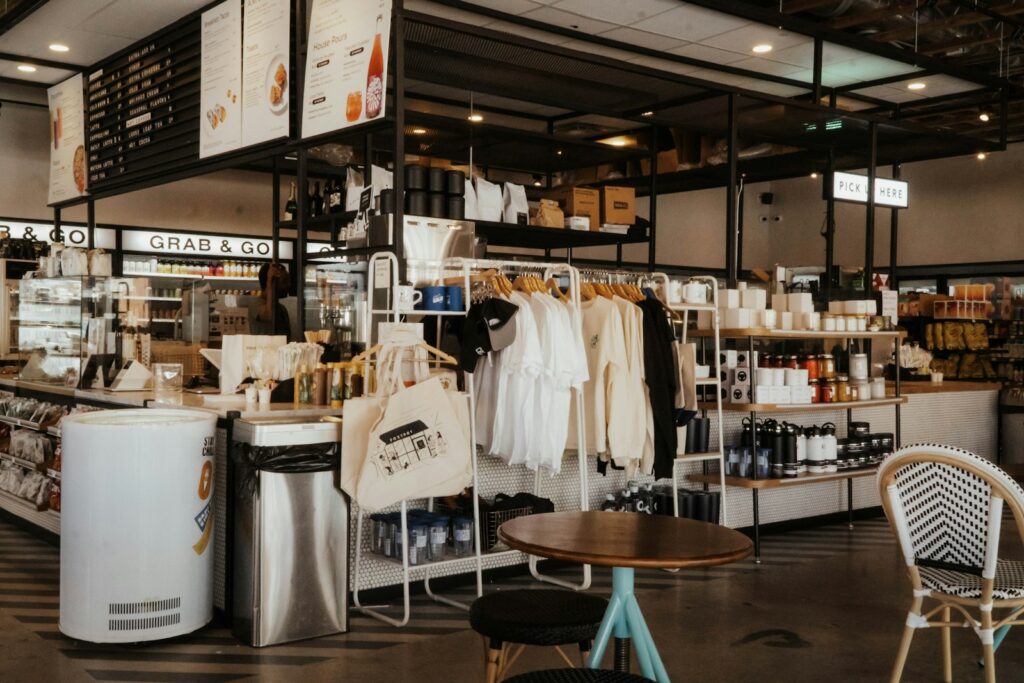
This evolving situation means manufacturers and retailers will soon have to make difficult decisions about how much to continue shipping and how much of the new costs they are willing to absorb. Consequently, economists still project higher prices for consumers, even if the increases are slower or lower than initially feared.
Economists at the Yale Budget Lab have issued a sobering forecast: they anticipate that the higher tariffs will eventually cost U.S. consumers approximately $2,400 per household this year. This projection underscores the broad financial impact likely to be felt across the nation.
Consumer giant Procter & Gamble, for instance, announced last week its intention to raise prices on about a quarter of its products by an average of 2.5% in the coming months. The company believes shoppers may not react with alarm, as this rate aligns closely with regular inflation, yet it serves as an example of tariffs being passed on to consumers under the surface.

Federal data expected next week will shed more light on price movements in July. As of June, inflation showed a slight acceleration, rising by 2.7% from a year ago. Notably, prices increased more rapidly in categories particularly affected by tariffs, including clothes, appliances, and toys.
Toymaker Hasbro had initially pushed back its expected hit from tariffs, stating in July that the impact would materialize later in the year and likely with less damage than originally feared, thanks to existing stockpiles and delays. Finance chief Gina Goetter explained that tariff-related expenses have so far been offset by cost-cutting, budget-reshuffling, shifting suppliers, and “targeted” price increases.
Many business owners harbor hope that President Trump’s original, steeper tariff plans—such as a 145% tariff on Chinese goods—will never come to pass. Danny Reynolds, who operates Stephenson’s clothing boutique in Elkhart, Indiana, conveyed this sentiment to NPR in June, stating, “That would have put people out of business in a hurry, quite honestly.”
Reynolds perceived the initial extreme tariffs as a “threat that was dangled out there by the president to begin negotiations.” He was counting on tariffs remaining lower, around 30% on Chinese goods, with costs being equitably divided among manufacturers, wholesalers, retailers, and shoppers. As he put it, “If you take 30% and cut that into five or six… now suddenly it’s not quite as dramatic.”
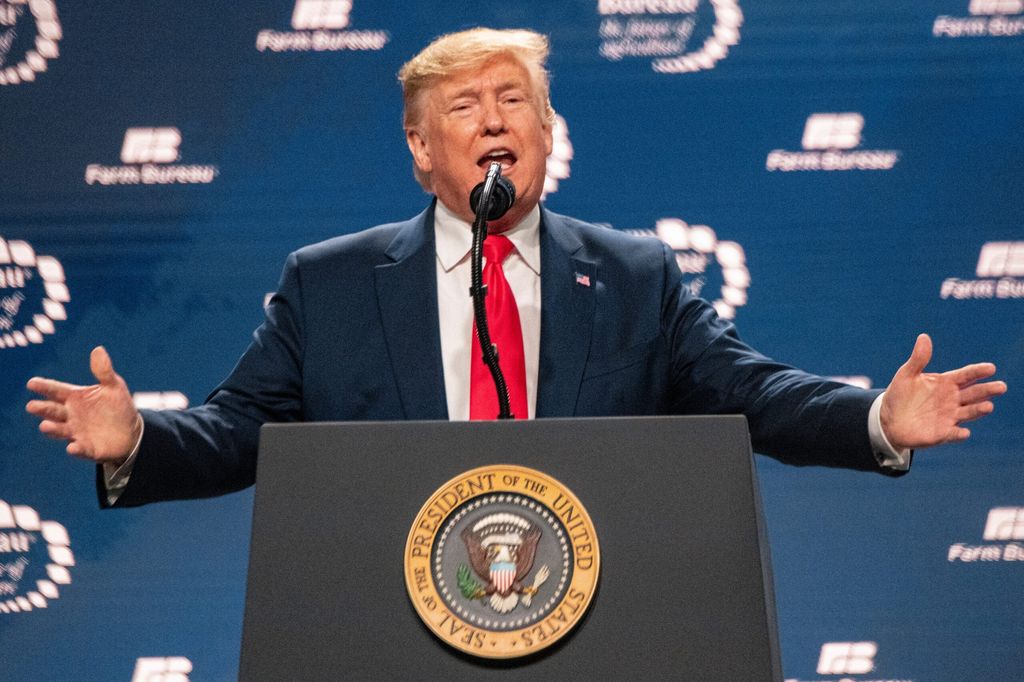
With the latest round of President Trump’s tariffs taking full effect on August 7, 2025, American consumers are likely to experience higher prices across a broad spectrum of everyday goods, ranging from footwear to fresh produce and even their next vehicle. The comprehensive tariffs now target nearly all U.S. trading partners, elevating the average tax on imports to over 18%, a significant increase from 2.4% in January, according to Yale’s Budget Lab.
Although these taxes are technically levied on importers, exporters, and retailers, many economists caution that consumers will ultimately bear the brunt of the cost. The Yale Budget Lab’s projections indicate some of the most substantial price increases are anticipated in essential categories such as clothing, food, and cars.
In the short term, shoe prices are forecast to skyrocket by 40%, while apparel costs could surge by 38%. Fresh produce prices are expected to climb by 7%, and the average price of a new car could jump by a substantial $5,800. These impending price increases threaten to further strain household budgets already struggling with existing inflationary pressures.
Shikha Jain, lead partner for consumer and retail in North America at the consulting firm Simon-Kucher, warned that “People may increasingly rely on debt to maintain their lifestyles.” She added that “That inflationary cycle could feed itself, creating a vicious loop of scarcity and cost increases,” highlighting the potential for a challenging economic spiral.

Leading up to the new tariff deadline, businesses both large and small have been scrambling to adapt. While many managed to absorb some of the initial tariff costs during earlier stages of Mr. Trump’s trade policy, the situation is changing. Some have already begun raising prices, while others have resorted to cutting staff or reconfiguring their supply chains.
Executives from major companies like Adidas, Stanley Black & Decker, and Procter & Gamble have informed investors of their plans to, or already have, passed on some tariff costs to customers. Warnings from Walmart and toy manufacturers Mattel and Hasbro had already indicated that tariffs would likely lead to higher costs for consumers.
Furthermore, executives from Chipotle Mexican Grill and McDonald’s have pointed to early indicators of financial strain among lower-income U.S. households, evidenced by a slowdown in spending on dining out and travel. Wayne Winegarden, an economist at the Pacific Research Institute, emphasized that the burden of the tariffs would fall disproportionately on those already struggling.
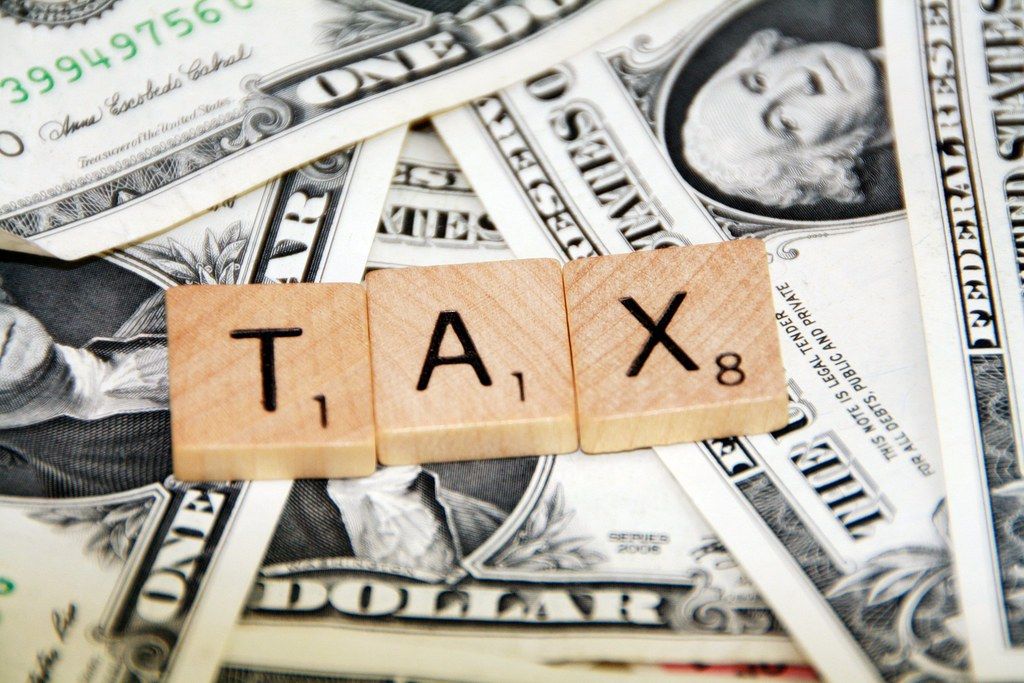
Winegarden stated unequivocally, “Worse, these taxes, which is what tariffs are, harm lower-income and working-class families the most.” He concluded his assessment by asserting, “The economy is worse off now than in January 2025 because of this policy,” underscoring his concern about the tariffs’ broader economic impact.
President Donald Trump’s higher tariff rates, ranging from 10% to 50% on dozens of trading partners, officially took effect on August 7, 2025. This action tests his strategy for reducing U.S. trade deficits without causing massive disruptions to global supply chains, fueling higher inflation, or provoking severe retaliation from trading partners.
U.S. Customs and Border Protection (CBP) began collecting the elevated tariffs at 12:01 a.m. ET, following weeks of suspense regarding Trump’s final tariff rates and intense negotiations with major trading partners aiming to lower them. However, goods loaded onto U.S.-bound vessels and already in transit before the midnight deadline can still enter at lower, prior tariff rates until October 5, according to a CBP notice.
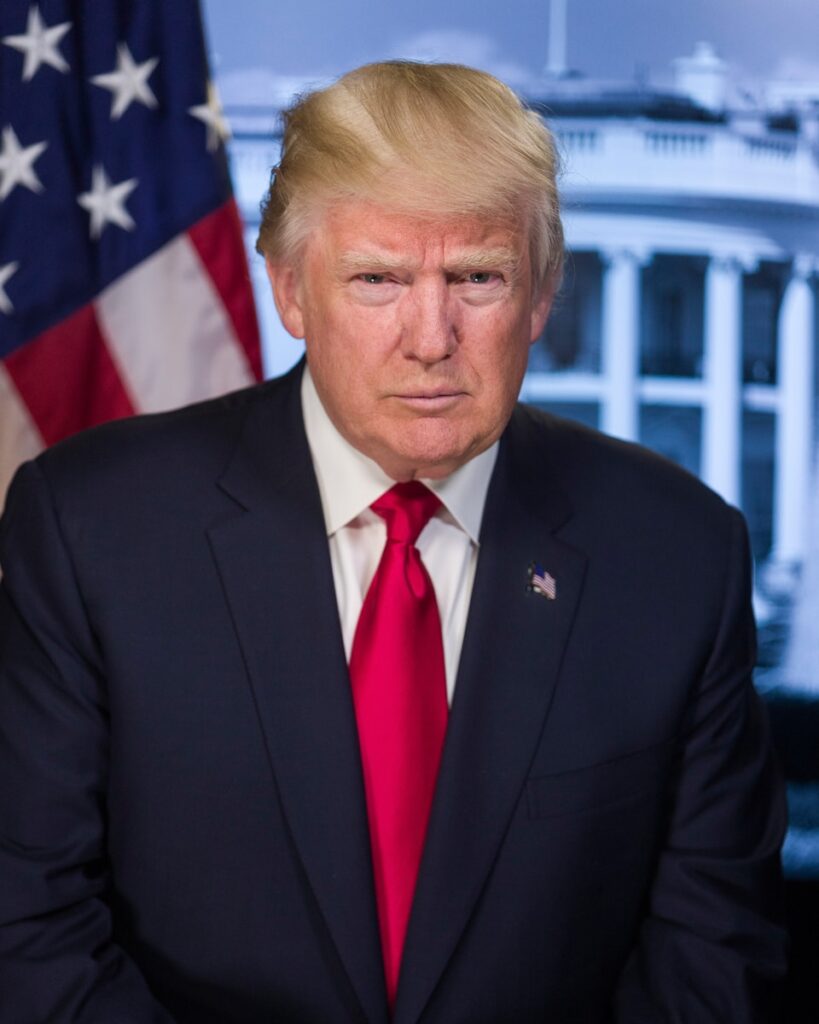
Previously, imports from many countries had been subject to a baseline 10% import duty after Trump temporarily paused higher rates announced in early April. Since then, Trump has frequently modified his tariff plan, subjecting some countries to significantly higher rates.
These include a 50% tariff for goods from Brazil, 39% from Switzerland, 35% from Canada, and 25% from India. On August 6, President Trump announced a separate, 25% tariff on Indian goods, to be imposed in 21 days, specifically citing the South Asian country’s purchases of Russian oil.
Just ahead of the deadline, Trump declared on Truth Social, “RECIPROCAL TARIFFS TAKE EFFECT AT MIDNIGHT TONIGHT! BILLIONS OF DOLLARS, LARGELY FROM COUNTRIES THAT HAVE TAKEN ADVANTAGE OF THE UNITED STATES FOR MANY YEARS, LAUGHING ALL THE WAY, WILL START FLOWING INTO THE USA. THE ONLY THING THAT CAN STOP AMERICA’S GREATNESS WOULD BE A RADICAL LEFT COURT THAT WANTS TO SEE OUR COUNTRY FAIL!
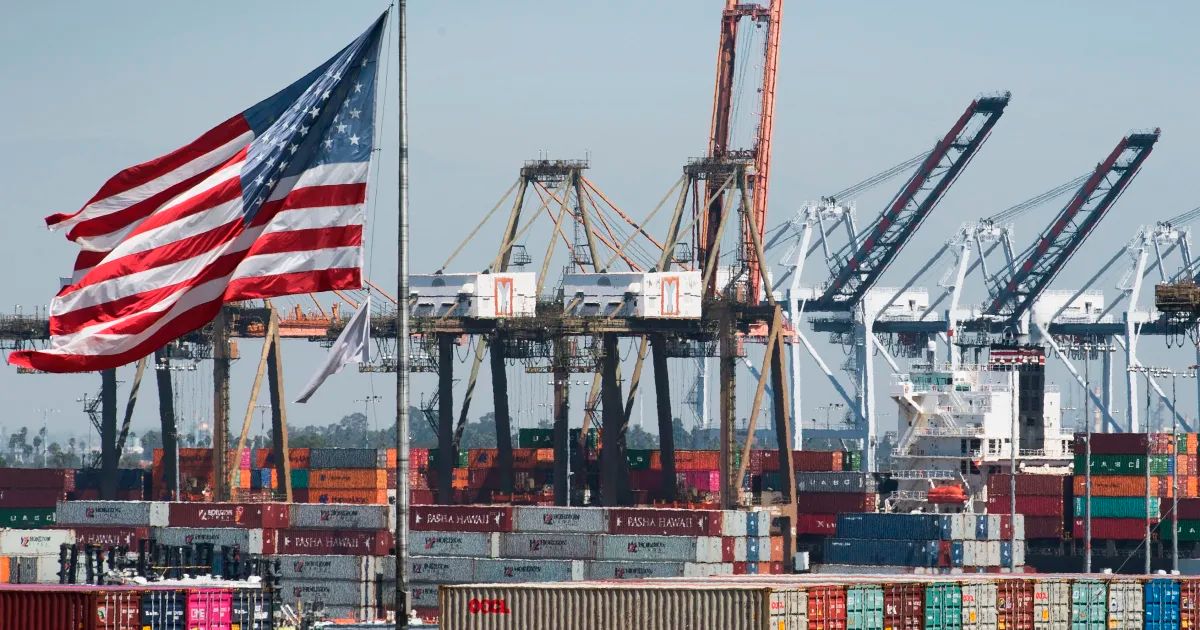
Eight major trading partners, collectively accounting for about 40% of U.S. trade flows, have successfully reached framework deals for trade and investment concessions with President Trump. These include the European Union, Japan, and South Korea, which have managed to reduce their base tariff rates to 15%.
Britain secured a 10% rate, while Vietnam, Indonesia, Pakistan, and the Philippines successfully negotiated rate reductions to 19% or 20%. William Reinsch, a senior fellow and trade expert at the Center for Strategic and International Studies in Washington, commented, “For those countries, it’s less-bad news.”
Reinsch predicted that “There’ll be some supply chain rearrangement. There’ll be a new equilibrium. Prices here will go up, but it’ll take a while for that to show up in a major way.” He also suggested that countries facing punishingly high duties, such as India and Canada, “will continue to scramble around trying to fix this.”
Trump’s order further specified that any goods determined to have been transshipped from a third country to evade higher U.S. tariffs would be subject to an additional 40% import duty, though details on enforcement remain limited. China, notably, is on a separate tariff trajectory, facing a potential tariff increase on August 12 unless Trump approves an extension of a prior truce following recent talks in Sweden.
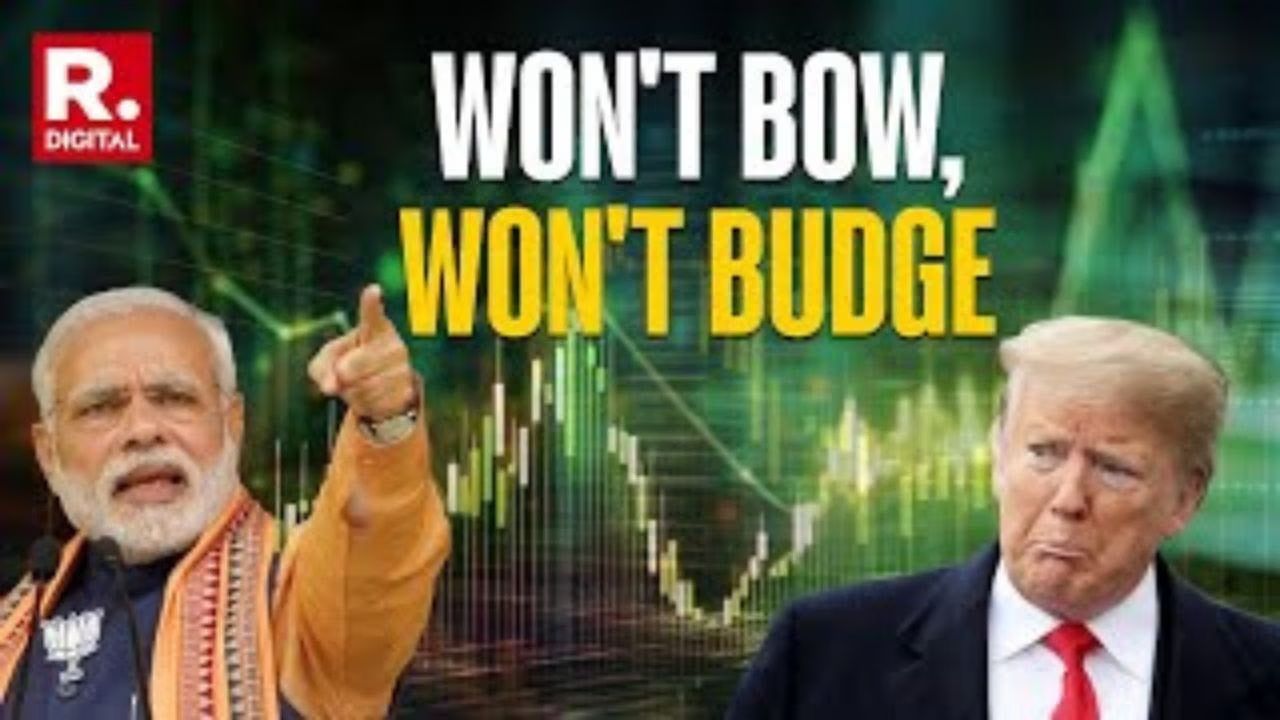
Trump has also indicated he might impose additional tariffs on China’s purchases of Russian oil as part of efforts to pressure Moscow. The July 31 tariff order imposed duties above 10% on 67 trading partners, while others not listed face a 10% rate, forming part of a multilayered tariff strategy that includes national security-based sectoral tariffs on semiconductors, pharmaceuticals, autos, steel, aluminum, copper, and lumber.
Trump has boasted about the substantial increase in federal revenues derived from his import tax collections, which are ultimately borne by companies importing the goods and consumers of the final products. These higher rates are expected to significantly boost the total, which already reached a record $27 billion in June.
U.S. Treasury Secretary Scott Bessent has projected that U.S. tariff revenues could ultimately exceed $300 billion annually. The Atlantic Institute estimates that these measures will push average U.S. tariff rates to approximately 20%, marking the highest level in a century and a considerable jump from 2.5% when Trump initially took office in January.
Commerce Department data released last week provided further evidence that tariffs began driving up U.S. prices in June, particularly for categories such as home furnishings, durable household equipment, recreational goods, and motor vehicles. The mounting costs from Trump’s tariff policies are impacting a wide array of companies, including industry bellwethers like Caterpillar, Marriott, Molson Coors, and Yum Brands.

Overall, global companies that have reported earnings so far this quarter are facing an estimated hit of around $15 billion to their profits in 2025, according to Reuters’ global tariff tracker. As President Donald Trump prepares to announce new tariff increases, the financial implications of his policies are becoming clearer for the domestic manufacturing sector, which heavily relies on global supply chains.
A new analysis suggests that factory costs could rise by roughly 2% to 4.5%. Chris Bangert-Drowns, the researcher at the Washington Center for Equitable Growth who conducted the analysis, noted that these seemingly small changes could lead to a “cash squeeze for a lot of these firms.”
Bangert-Drowns warned that such cost pressures “could lead to stagnation of wages, if not layoffs and closures of plants” if the expenses become untenable. This analysis highlights the challenges Trump may face in presenting his tariffs as a broad political and economic victory, rather than simply proof of his negotiating tactics.
Ultimately, the success of Trump’s policies hinges on whether everyday Americans become wealthier and factory towns experience a revival, a goal that outside economists generally believe his administration is unlikely to achieve through tariffs. Despite the U.S. stock market showing some relief that tariff rates were not as high as initially threatened in April, and hopes for stability, the economic ramifications persist.
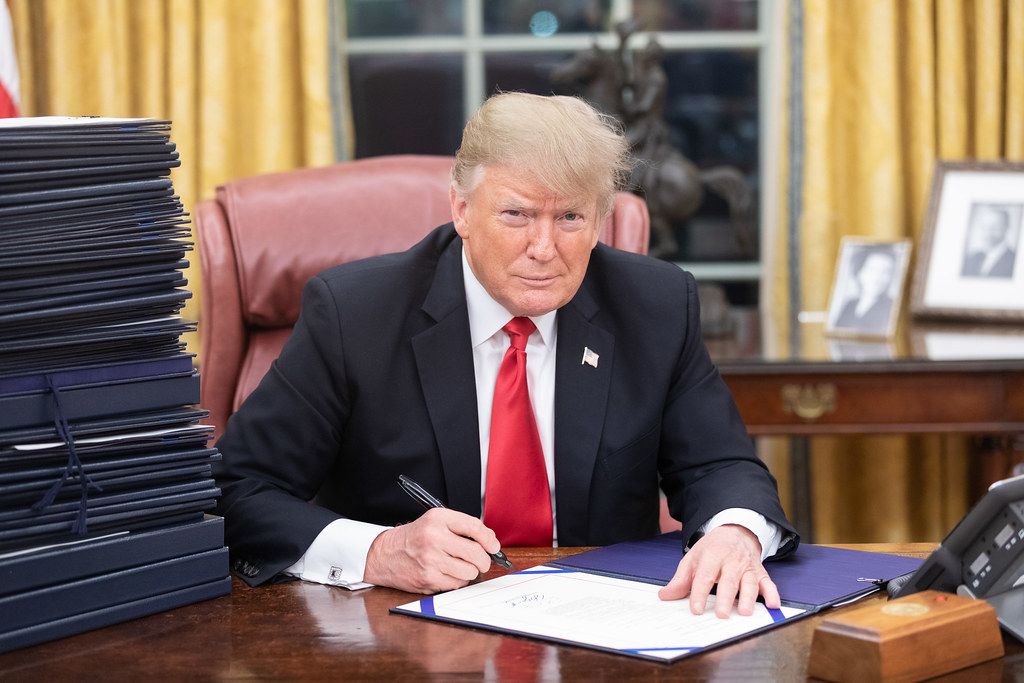
President Trump maintains that tariff revenues will reduce the budget deficit and stimulate domestic factory jobs, while downplaying the risks of higher prices. He asserted last Friday before boarding Marine One on his way to Scotland, “We’ve wiped out inflation.”
However, there remains the possibility of a backlash in the form of higher prices and slower economic growth once the tariffs fully permeate the global economy. A June survey by the Atlanta Federal Reserve indicated that companies would, on average, pass half of their tariff costs onto U.S. consumers through increased prices.
Furthermore, Labor Department data reveals that America lost 14,000 manufacturing jobs after Trump implemented his April tariffs, placing considerable pressure on whether a rebound will materialize in the June employment report. With new tariffs now firmly in place, factories are indeed facing new costs.
The Washington Center for Equitable Growth analysis illustrates how Trump’s commitment to tariffs carries potential economic and political costs for his agenda. In crucial swing states like Michigan and Wisconsin, over one in five jobs are concentrated in critical sectors such as manufacturing, construction, mining, and oil drilling and maintenance—all of which have high exposure to his import taxes.

Even the artificial intelligence sector, which Trump recently lauded as the future of the economy, is heavily reliant on imports. More than 20% of the inputs required for computer and electronics manufacturing are sourced from abroad, suggesting that tariffs could significantly inflate the already hefty multi-trillion-dollar cost of developing this technology in the U.S.
The White House contends that American businesses will gain access to new markets due to the trade frameworks, asserting that companies will ultimately benefit. White House spokesman Kush Desai confidently stated, “The ‘Made in USA’ label is set to resume its global dominance under President Trump.”
Nevertheless, the analysis acknowledges its limitations, as Trump’s tariff rates have been a shifting target, and it only examines additional costs, not how these costs will be distributed among foreign producers, domestic manufacturers, and consumers. Moreover, the legal basis of the tariffs, enacted as an “emergency” act, is currently under review by a U.S. appeals court.
Treasury Secretary Scott Bessent, in an interview last week on Fox Business Network’s “Kudlow” show, suggested that countries were essentially accepting the tariffs to maintain access to the U.S. market, likening it to paying a toll. “Everyone is willing to pay a toll,” he said.
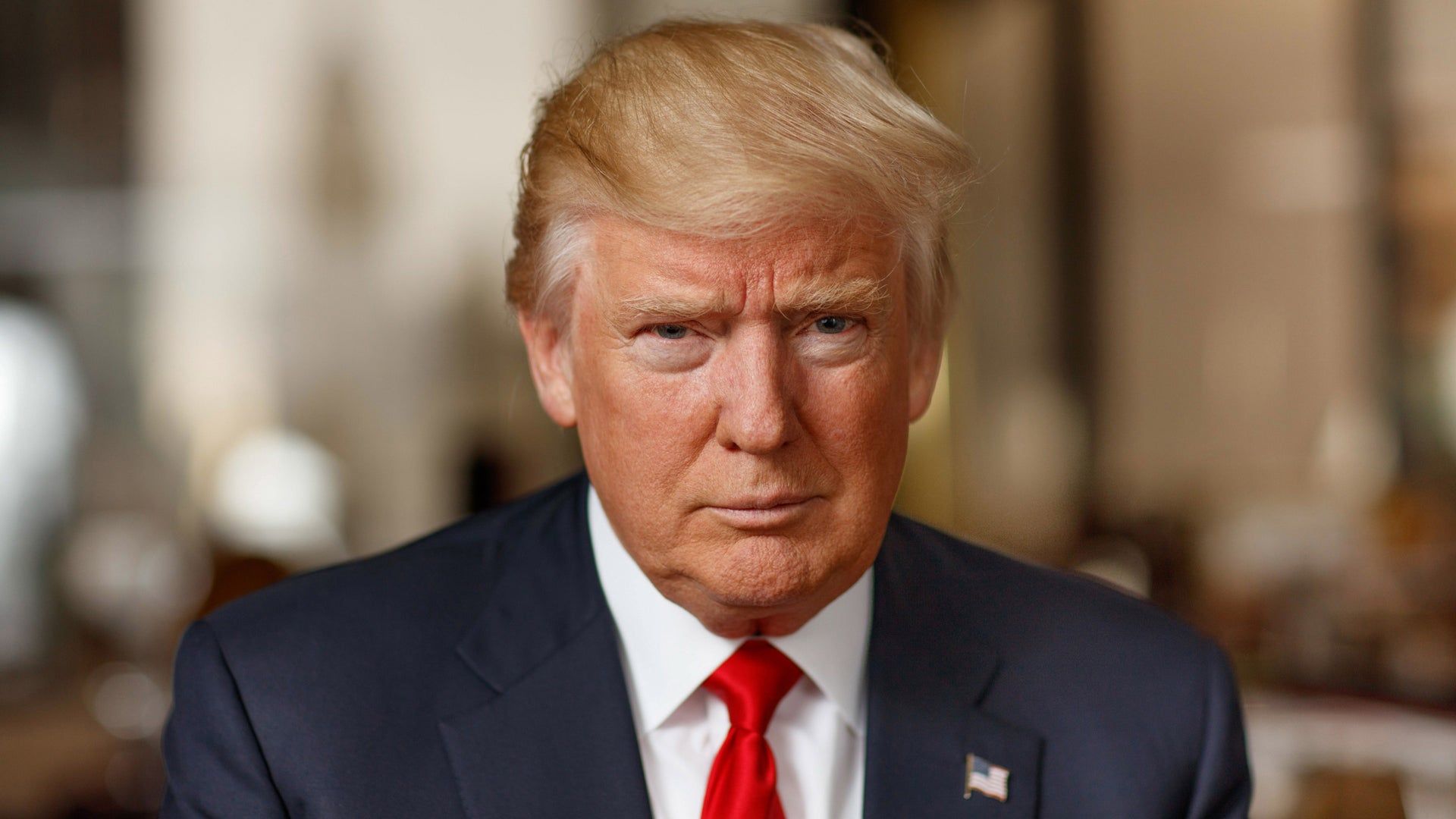
Under the new trade framework, Trump’s initial 10% tax on products from the European Union is set to rise to 15%. Consequently, the tariff on this crucial machine amounts to $77,250—a sum approximately equivalent to the cost of hiring an entry-level worker for his company.
Smith expressed his willingness to purchase bevel-grinding machines from an American supplier if one existed, but noted, “There’s only two companies in the world that make them, and they’re both in Germany.” He also faced challenges with imported steel, which Trump is taxing at 50%.
Until this year, Montana Knife sourced the powdered steel it needed from Crucible Industries in Syracuse, New York. However, Crucible declared bankruptcy last December, and its assets were acquired by a Swedish firm, Erasteel, which subsequently moved production to Sweden.

Smith managed to circumvent the immediate tariffs by purchasing a year’s worth of the specialty steel in advance. However, starting in 2026, the specialty steel he will be importing from Sweden is set to face these substantial duties. Massachusetts Governor Maura Healey, a Democrat, highlighted the tariffs’ impact on housing affordability, stating in a social media post, “I want to build housing, but the President just put a 35% tax on Canadian lumber. Trump’s tariffs don’t make any sense.”
The comprehensive tariffs touch even niche markets. One Canadian custom-designed guitar maker reported that some of his U.S. customers are facing $1,000 tariff fees on top of the instrument’s cost, illustrating the broad and sometimes unexpected reach of these new levies. Overall, the new order specifies a baseline 10% tariff for approximately 100 countries, where the U.S. exports more goods than it receives.
Reciprocal tariff rates for 70 other countries will vary from 15% to 41%. Approximately 40 nations, including Afghanistan, Bolivia, Iceland, and Israel, will face a 15% U.S. tariff rate. A senior White House official clarified that these include countries that export slightly more goods to the U.S. than it imports.
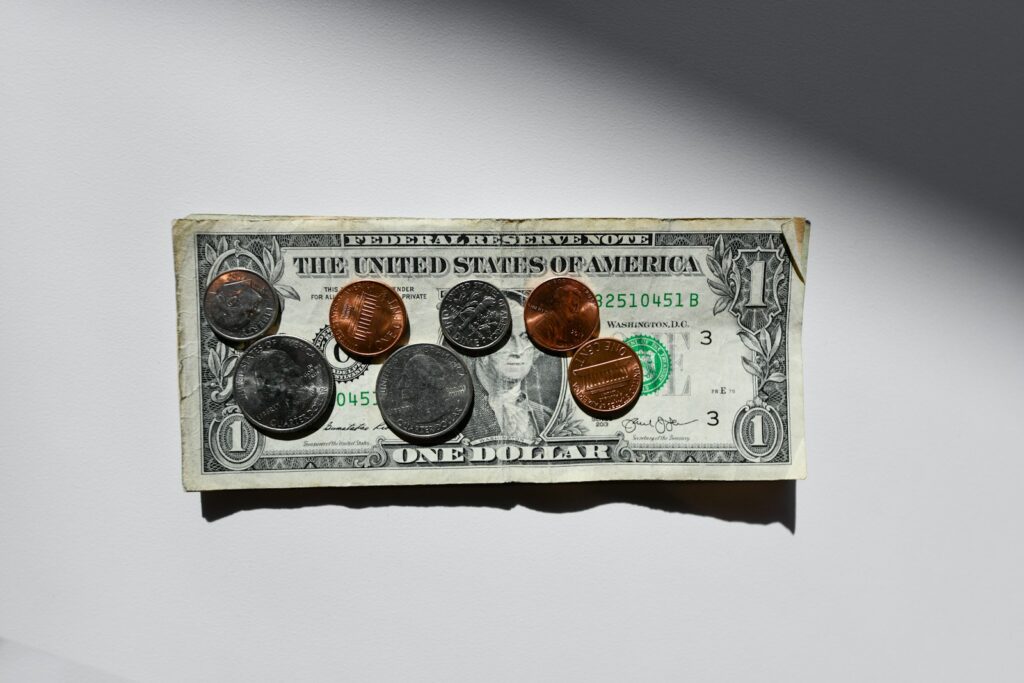
For another 30 countries, tariff rates can be as high as 40% on imports from Laos and Myanmar, and 41% on goods from Syria, primarily affecting countries with the largest U.S. trade deficits. Nations not explicitly listed in the latest order will incur an additional 10% duty.
Notably absent from Trump’s immediate order are two of the United States’ largest trading partners, China and Mexico. Discussions between Trump and Chinese officials have focused on extending a 90-day tariff truce, while Trump announced on July 31 that he is granting Mexico another 90 days to reach an agreement with the U.S.
Mexico currently faces a 25% tariff imposed by Trump due to concerns over fentanyl crossing the border. The reciprocal tariffs are scheduled to take effect at 12:01 a.m. seven days after the new executive order’s issuance on July 31, with the increased tariff on Canada taking effect on August 1.
The tariffs have already shown signs of impacting prices: overall prices rose 2.7% in the 12 months leading up to June, as announced by the Labor Department in July, marking the highest annual inflation rate since February. This increase was driven by rising costs for housing, food, and gasoline.
Prices also climbed in certain categories of imported consumer goods potentially affected by tariffs, such as apparel, furniture, toys, and video and audio products. Additionally, tariffs are narrowing the choices available to American car buyers, as automakers are importing fewer cars priced under $30,000.
Switzerland, hit with some of the highest tariffs at a 39% rate, may see price increases on products such as chocolate, jewelry, and watches from the Alpine nation, though its pharmaceuticals sector was notably excluded. Canadian imports, including lumber and energy, are also expected to become more expensive.
The sweeping implementation of President Trump’s tariffs marks a significant pivot in global trade, one that promises to ripple through every facet of the American economy. From the clothes on our backs to the cars in our driveways, the cost of goods is poised to escalate, challenging household budgets and forcing businesses to innovate, absorb, or pass on unprecedented expenses.
The initial calm, created by strategic stockpiling and temporary absorption of costs by companies, is giving way to the inevitable reality of higher prices, as evidenced by expert forecasts and early signs of inflation in tariff-sensitive sectors. This complex tapestry of global supply chains and domestic economic pressures means that the “toll” of these tariffs, as described by some officials, is increasingly being paid by American consumers and businesses alike.
As the economic landscape continues to adapt, the question is no longer if prices will rise, but by how much, and what long-term adjustments will be required of a nation navigating its most substantial import levies in nearly a century. The path ahead promises further reconfigurations in trade, industry, and the daily lives of millions, as the full implications of this policy unfurl across the marketplace.

